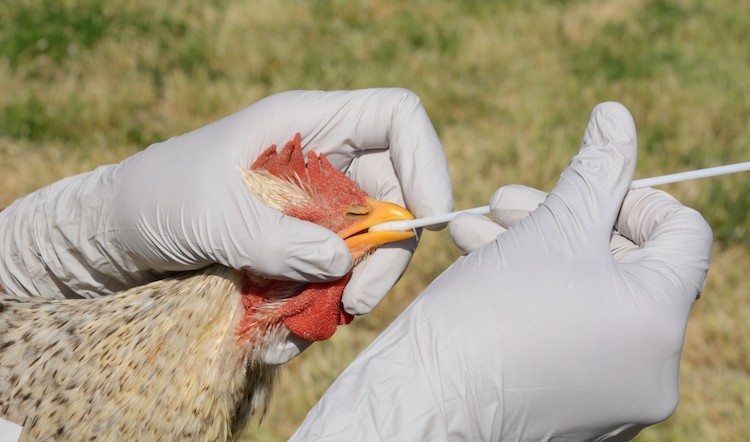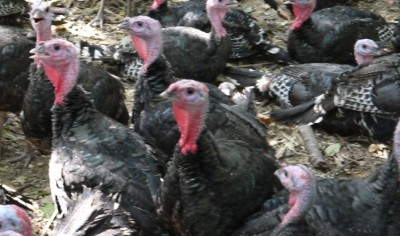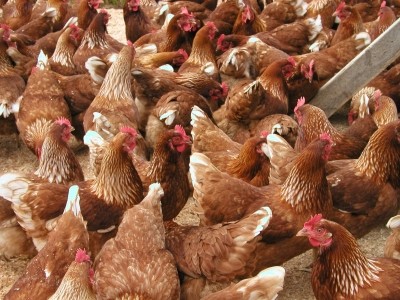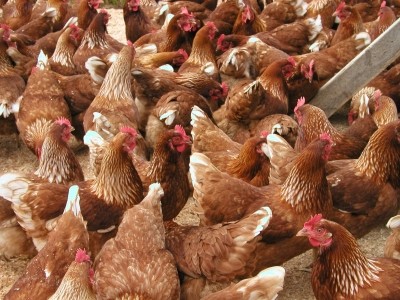Bird flu warning over migrating wild flocks

Research led by a team including the Roslin Institute, representing the Global Consortium for H5N8 and Related Influenza Viruses, studied the genetic makeup of the 2016/17 bird flu virus in birds at key times.
It showed highly pathogenic bird flu viruses – which are likely to cause deadly disease in chickens – could be transmitted from wild migrating bird populations to domestic flocks and back again.
The UK Government issued a warning last year to poultry producers in the wake of the remaining threat from winter avian flu. Chief veterinary officers across the UK encouraged all poultry producers to take action to reduce the risk of the disease.
Genetic material
The latest research said these viruses can readily exchange genetic material with other low pathogenic viruses – which are less harmful – during migration, raising the likelihood of serious outbreaks in domestic poultry and wild birds.
Researchers used a computational technique, known as phylogenetic inference, to estimate when and where the virus exchanged genetic material with other viruses in wild or domestic birds.
The results showed the virus could easily exchange genetic material with other, less harmful viruses, at times and locations corresponding to bird migratory cycles. These included viruses carried by wild birds on intersecting migratory routes, and by farmed ducks in China and central Europe.
Pathogenic
Dr Sam Lycett, Roslin Institute, said: “Bird flu viruses can readily exchange genetic material with other influenza viruses. This, in combination with repeated transmission of viruses between domestic and wild birds, means that a viral strain can emerge and persist in wild bird populations, which carries a high risk of disease for poultry. This aids our understanding of how a pathogenic avian flu virus could become established in wild bird populations.
The research, published in Proceedings of the National Academy of Sciences, was carried out in collaboration with the Friedrich Loeffler Institut, Germany, the Erasmus University Medical Center, Netherlands, and the University of Edinburgh’s Usher Institute and Roslin Institute
In 2016, the Food Standards Agency (FSA) insisted that Bird flu posed no food safety risk for consumers after avian flu (H5N8) was found in 5,000 turkeys at a farm near Louth, Lincolnshire.
23,000 birds were culled in Suffolk after a case of avian (bird) flu was identified near Redgrave.















